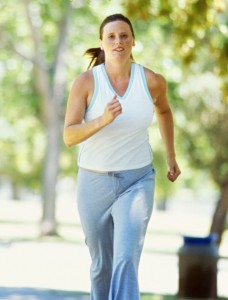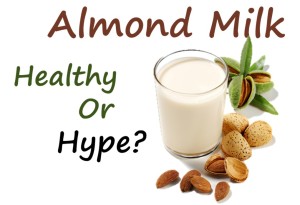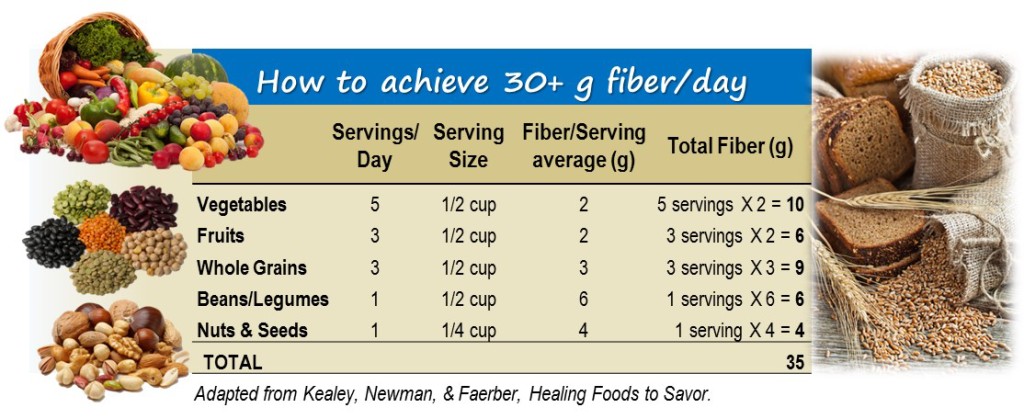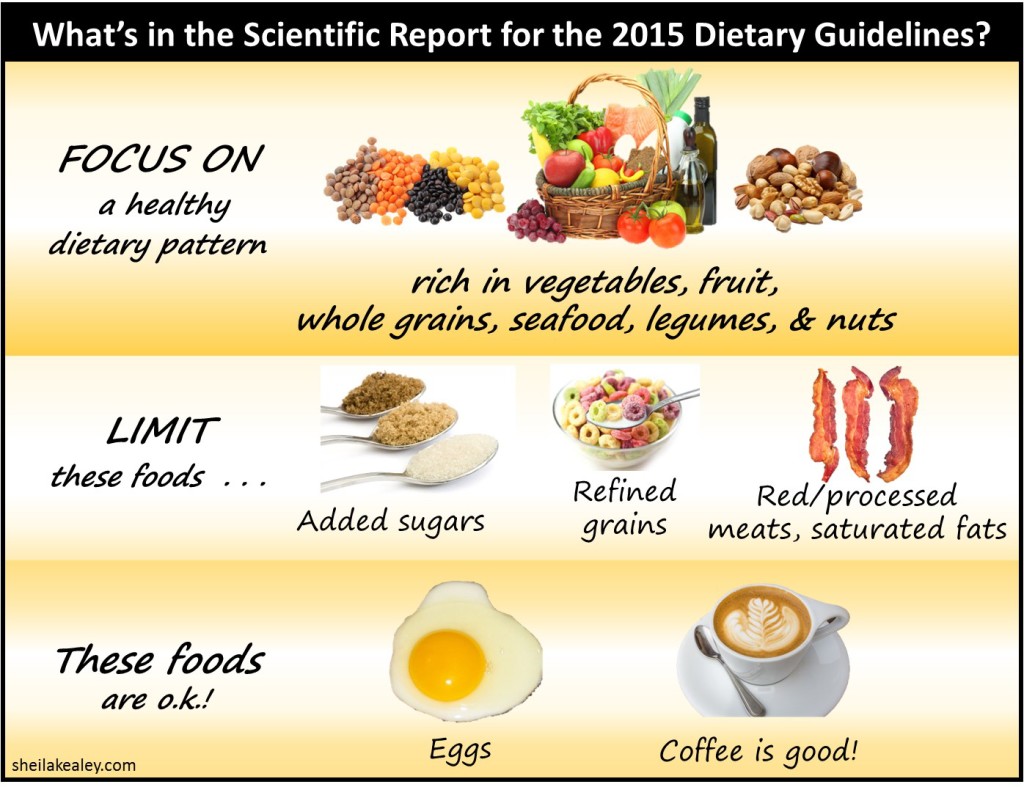This week, read about why diets shouldn’t be restrictive, a great sports science/nutrition site, US Dietary Guidelines report, exercise and depression, skeptics and acupuncture, maximalist shoes, benefits of walking vs running, another reason to cut back on soda, emotional eating, and more.
Why Diets Shouldn’t Tell You What to Restrict
This is an excellent article, by Dr. Sherry Pagoto, co-author of a new study published this week in the Annals of Internal Medicine. The study compared two diet strategies: (1) focus on simple food component (eating 30 g fiber/day), (2) follow the American Heart Association diet (guidelines focus heavily on what not to eat).
Experts have long recognized the health benefits of a high fiber diet, which include appetite control, digestive health, and reduced risk of diabetes, heart disease, and cancer. Only plant foods provide fiber: high fiber foods includes beans/legumes, nuts, seeds, fruits, vegetables and whole grains.
Why Would Focusing of Fiber Help Weight Loss?
Nutrition. Most high-fiber diets are based on plant foods (vegetables, fruits, beans/legumes, and whole grains), which are naturally rich in nutrients, protective phytochemicals, and low in fat and sugar. Eating more of these high-fiber foods will fill you up more, and replace some high-fat and sugary foods, which may help you be satisfied with fewer calories. Fewer calories means less weight over time.
Behavior. Focusing on just one dietary component is simple. Also, it means you focus on what you can eat, instead of what you can’t eat, which is a winning strategy.
This study aimed for 30 grams of fiber a day. For the best all-round diet, focus on WHOLE foods, and not foods supplemented with fiber, or very high fiber breakfast cereals. Here is how you can achieve this:
New Sports Science
& Sports Nutrition Site
 Asker Jeukendrup is a leading exercise physiologist and sports nutritionist. His new website aims to provide unbiased and objective view of a wide range of sports science topics, using an evidence based approach. Asker has an impressive list of publications in the field, and is good at providing practical information. This should be a great resource for coaches and athletes!
Asker Jeukendrup is a leading exercise physiologist and sports nutritionist. His new website aims to provide unbiased and objective view of a wide range of sports science topics, using an evidence based approach. Asker has an impressive list of publications in the field, and is good at providing practical information. This should be a great resource for coaches and athletes!
What’s in the
US Dietary Guidelines Report?
People love to complain about the dietary guidelines and blame them for many of the nation’s health problems. These criticisms are generally unfounded (since most people don’t follow the guidelines!).
This week, a panel of nutrition experts has released a report to craft the 2015 US Dietary Guidelines for Americans. A goal of the guidelines is to provide evidence-based nutrition recommendations, and this report certainly seems to be on the right track.
I think the best part of the guidelines is an emphasis on dietary patterns. Here’s a quick graphic I put together to summarize the recommendations. You can read more of my thoughts on the dietary guideline recommendations here.
More Links of Interest This Week:
Forget Barefoot; New Trendsetter in Running Shoes Is Cushioning. Chunky and heavily cushioned “maximalist” shoes are the new shoe trend. (New York Times)
Healthy Lifestyles in Cancer Survivors. Two papers published this week emphasize the importance of healthy lifestyles (diet, physical activity, and weight control) after a cancer diagnosis. In this paper, authors emphasized the importance of expanding treatments to include promoting long-term health, emphasizing weight control, diet, and physical activity. This paper shows that the ideal time for cancer patients and their entire household to jumpstart a healthy lifestyle is the period between the final cancer treatment and first post-treatment checkup. (CA: A Cancer Journal for Clinicians, February 2015; Oncology Nursing Forum, 2015; 42 (1): 54).
Women who keep exercising into midlife can prevent depression. A good body of research shows that exercise can help symptoms of depression. A new study in women 42 to 52 years suggests that exercise might also help prevent depression in aging women. (Time, reporting on Medicine & Science in Sports & Exercise, Feb 2015).
At Chipotle, how many calories do people really eat? Most meals have more than 1,000 calories and almost a full day’s worth of sodium. Most meat burritos with standard toppings have more than >1000 calories! (New York Times)
To lessen the calorie load of your favourite Mexican meals, try smaller portions, skip the sour cream, and go easy on the guacamole.
Can skeptics ease their pain with acupuncture? People with low expectations of acupuncture before treatment for back pain get less relief than those people who believe acupuncture will work. The power of placebo on the brain! (Futurity, reporting on Clinical Journal of Pain, March 2015).
 Walk Hard. Walk Easy. Repeat. High intensity interval training is commonly used by athletes, and recently has been recommended as a way to improve the health of sedentary people in a time effective way. But do people who aren’t used to exercise really want to ride/run all out? Researchers showed that a walking plan (hard/easy) can also be effective, and might be more popular with many. (Gretchen Reynolds, New York Times, reporting on J Applied Physiol, Dec 2014)
Walk Hard. Walk Easy. Repeat. High intensity interval training is commonly used by athletes, and recently has been recommended as a way to improve the health of sedentary people in a time effective way. But do people who aren’t used to exercise really want to ride/run all out? Researchers showed that a walking plan (hard/easy) can also be effective, and might be more popular with many. (Gretchen Reynolds, New York Times, reporting on J Applied Physiol, Dec 2014)
Vitamin D Research and Clinical Practice at a Crossroads. Many physicians now routinely screen for vitamin D, and some are recommending high doses for nonskeletal benefits (cancer prevention, heart disease, diabetes, etc.). This paper questions whether the current evidence warrants this clinical enthusiasm for supplemental vitamin D. (JAMA, Feb 19, 2015).
Why buddies beat celebrities for diet advice. If a friend finds success with a new diet or exercise program, you might try it too. (Futurity, reporting on Journal of Healthcare Engineering, Sept 2014).
 Workout of The Week: Steep Uphill Treadmill Walking. Steep uphill walking is good cross training for running. I do this when I’m getting back into running after ski season (fit body, but legs not ready for pounding!). (Matt Fitzgerald, Competitor.com).
Workout of The Week: Steep Uphill Treadmill Walking. Steep uphill walking is good cross training for running. I do this when I’m getting back into running after ski season (fit body, but legs not ready for pounding!). (Matt Fitzgerald, Competitor.com).
New study helps explain links between sleep loss and diabetes. Curtailed sleep disrupts fatty acid metabolism in ways that could predispose individuals for diabetes. This is another in a long list of studies showing how depriving ourselves of sleep has far-reaching effects. (Diabetologia February 19, 2015)
 No, there’s nothing wrong with your Fitbit. A critical look at last week’s JAMA study questioning the accuracy of activity monitors, and the news reporting that ensued. (Mashable).
No, there’s nothing wrong with your Fitbit. A critical look at last week’s JAMA study questioning the accuracy of activity monitors, and the news reporting that ensued. (Mashable).
Another reason to cut back on soda. Some sodas are brown because of a caramel color that contains a potential carcinogen (4-Mel). A study published this week suggests many people are drinking enough soda to put their health at risk. (Consumer Reports; PLOS One February 18, 2015).
Emotional Eating. Do you eat when your not hungry? Maybe your stressed, bored, or down, or something triggers you to eat food? Don’t worry – many people do this! It can become a problem though if it’s something you do frequently. Fooducate takes a look at emotional eating, which they defined as “an increase in food intake in response to negative emotions.” Part 1 (What Is It?), 2 (Catching It Just In Time), and 3 (Practical Steps to Reduce). (Fooducate.com)
 Is almond milk a fad, healthy, hype, or just slick marketing?
Is almond milk a fad, healthy, hype, or just slick marketing?
Curious about just how many almonds make it into 1 cup of almond milk? You may be surprised . . .
See More Issues of This Week in Food,
Health, and Fitness
Share This:

